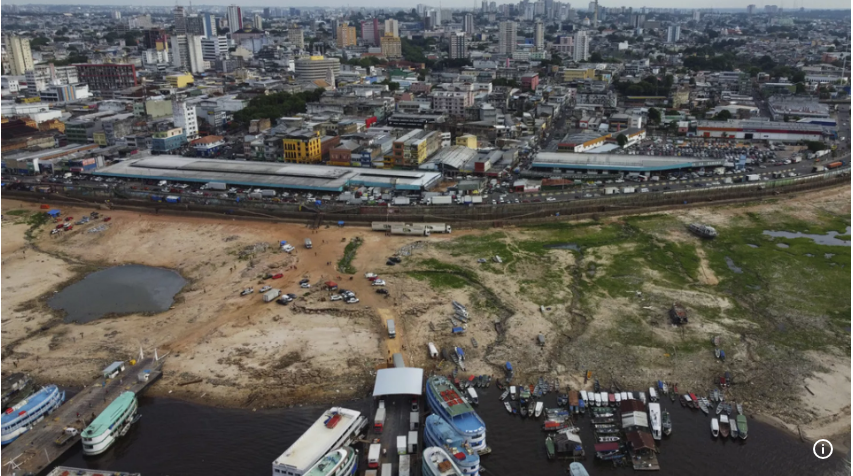Latest
WHO Approves First Mpox Vaccine Amid Outbreak in Africa

The World Health Organization (WHO) has granted its first authorization for an mpox vaccine, marking a significant milestone in the global effort to combat the rapidly growing outbreak, particularly in Africa. The vaccine, developed by Danish pharmaceutical company Bavarian Nordic, is now cleared for purchase and distribution by international donors such as UNICEF and the vaccines alliance Gavi. These organizations can now send doses to affected regions, including the Democratic Republic of the Congo (DRC), where thousands of cases have been reported.
WHO Director-General Dr. Tedros Adhanom Ghebreyesus called the approval a critical step in fighting mpox, which is spreading at an alarming rate in Africa. He emphasized the need for an “urgent” scale-up in vaccine procurement, donations, and distribution to contain the outbreak, alongside other essential response measures.
“This first [authorization] of a vaccine against mpox is an important step in our fight against the disease, both in the context of the current outbreaks in Africa, and in future,” Tedros said.
The newly authorized vaccine will be administered to adults aged 18 and above in a two-dose regimen. Although there is limited data on its use in children, the WHO has approved its administration to infants, children, and adolescents in outbreak settings where the benefits outweigh the risks.
The outbreak has been particularly severe in the DRC, where nearly 70% of mpox cases occur in children under the age of 15. These younger patients also account for 85% of the reported deaths, according to the Africa Centres for Disease Control and Prevention (Africa CDC). Across more than 120 countries, over 103,000 mpox cases have been confirmed since the outbreak began two years ago, with Africa reporting 723 deaths.
While the WHO and its partners estimate that about 10 million doses will be needed to halt the spread of mpox in Africa, supplies remain limited as Bavarian Nordic is currently the sole manufacturer. The European Union, United States, and Japan have pledged to donate over 3.6 million vaccine doses, with 620,000 coming from Europe and 3 million from Japan. However, the DRC, the hardest-hit country, has only received 250,000 doses to date.
The Africa CDC reported 107 new deaths and over 3,160 new cases in the past week alone, a situation the agency’s chief, Dr. Jean Kaseya, described as “not acceptable.”
Mpox, a relative of smallpox, typically causes milder symptoms such as fever, chills, and body aches. In severe cases, however, individuals may develop painful lesions on the face, hands, chest, and genitals.
Latest
Flash Floods Devastate Thai Elephant Sanctuary, Killing Two Elephants and Forcing Evacuations
Latest
Severe Drought Causes Record Low Water Levels in Brazil’s Negro River
Latest
Oxford Scientists Develop First Ovarian Cancer Vaccine in Groundbreaking Research
-

 Entertainment1 year ago
Entertainment1 year agoMeta Acquires Tilda Swinton VR Doc ‘Impulse: Playing With Reality’
-

 Business1 year ago
Business1 year agoSaudi Arabia’s Model for Sustainable Aviation Practices
-

 Business1 year ago
Business1 year agoRecent Developments in Small Business Taxes
-

 Home Improvement12 months ago
Home Improvement12 months agoEffective Drain Cleaning: A Key to a Healthy Plumbing System
-

 Politics1 year ago
Politics1 year agoWho was Ebrahim Raisi and his status in Iranian Politics?
-

 Business1 year ago
Business1 year agoCarrectly: Revolutionizing Car Care in Chicago
-

 Business1 year ago
Business1 year agoSaudi Arabia: Foreign Direct Investment Rises by 5.6% in Q1
-

 Sports1 year ago
Sports1 year agoKeely Hodgkinson Wins Britain’s First Athletics Gold at Paris Olympics in 800m



















